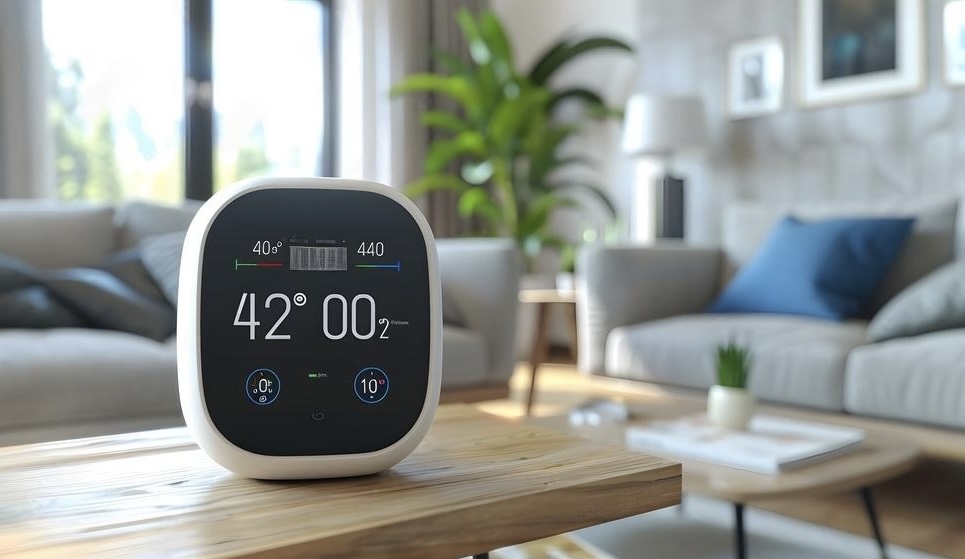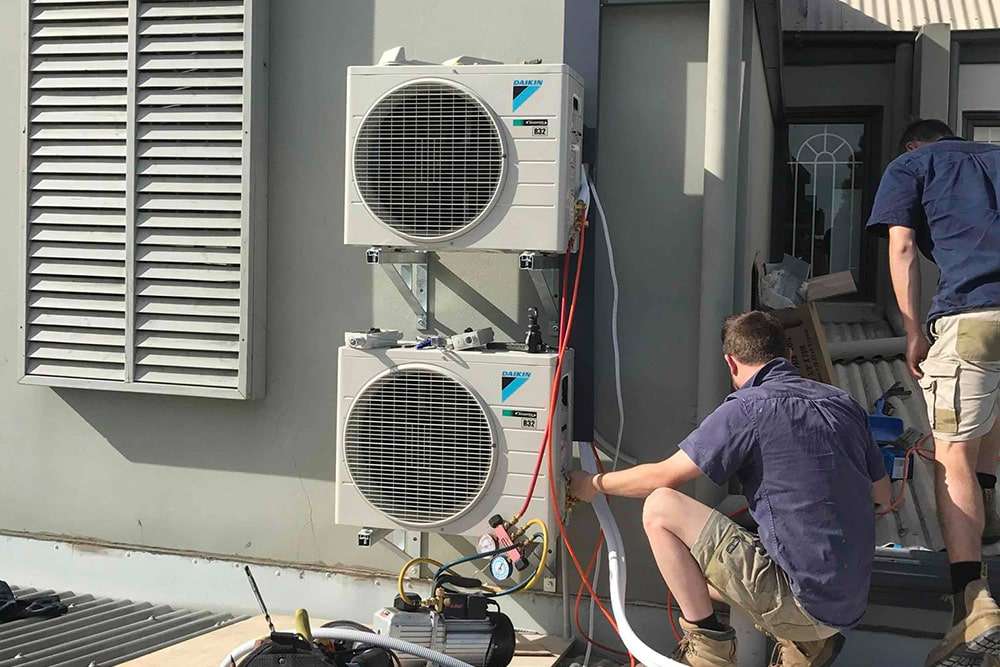Indoor Air Quality (IAQ) sensors have become an essential part of modern facility management. With an increasing focus on creating healthier indoor environments, these sensors provide critical data on factors such as temperature, humidity, CO2 levels, and airborne particles. Businesses and facilities managers are turning to IAQ sensors to ensure optimal conditions, especially in commercial buildings, educational institutions, and healthcare facilities.
Why Indoor Air Quality Matters
Indoor air quality directly impacts the health, comfort, and productivity of occupants. Poor air quality can lead to health issues such as headaches, respiratory problems, and even long-term chronic conditions. For businesses, ensuring good IAQ isn’t just about regulatory compliance—it’s about improving employee well-being and reducing absenteeism. IAQ monitoring also plays a vital role in maintaining compliance with indoor air quality standards and sustainability goals.
How IAQ Sensors Work
IAQ sensors continuously monitor the air quality in real time, measuring various parameters like temperature, humidity, volatile organic compounds (VOCs), and CO2 levels. This data helps facility managers make informed decisions to adjust
ventilation systems, optimize energy use, and ensure a healthy indoor environment.
FacilityBot supports the integration of IAQ sensors into your facility management processes. Our platform collects real-time data from sensors, providing insights through intuitive dashboards, allowing for easy monitoring and quick adjustments when air quality issues arise.
The Benefits of IAQ Sensors for Improving Indoor Air Quality
Indoor Air Quality (IAQ) sensors play a crucial role in monitoring and maintaining the air quality within various environments, from offices and schools to hospitals and industrial facilities. As awareness of the impact of air quality on health and productivity grows, more businesses are incorporating IAQ sensors into their operations. Below are some of the key benefits of using IAQ sensors.
1. Healthier Indoor Environments
One of the most significant benefits of IAQ sensors is their ability to maintain a healthy indoor environment. Poor air quality can lead to health problems such as allergies, headaches, fatigue, and respiratory issues. By continuously monitoring air pollutants like volatile organic compounds (VOCs), particulate matter, and CO2 levels, IAQ sensors help identify and reduce harmful substances, creating safer spaces for building occupants.
2. Real-Time Data and Monitoring
IAQ sensors provide real-time data on air quality, which allows facility managers or building owners to make immediate adjustments when levels of pollutants exceed safe thresholds. Real-time alerts from these sensors enable timely interventions, whether that means increasing ventilation, adjusting HVAC systems, or addressing sources of indoor pollution.
3. Energy Efficiency
By continuously monitoring indoor air conditions, IAQ sensors help optimize energy usage in buildings. HVAC systems can be adjusted based on actual air quality data rather than operating on fixed schedules, resulting in more efficient energy consumption. This can lead to significant cost savings, especially in large commercial or industrial buildings where energy use is high.
4. Compliance with Health and Safety Standards
Many industries must comply with strict indoor air quality regulations to ensure the safety and well-being of occupants. IAQ sensors help facilities stay in compliance with these regulations by providing the necessary data for reporting and auditing purposes. This is particularly important in sectors like healthcare, education, and manufacturing, where air quality can directly impact the health and performance of employees or patients.
5. Improved Comfort and Productivity
Good air quality directly influences comfort and productivity. High CO2 levels or poor ventilation can lead to drowsiness and reduced cognitive function, making it harder for employees to concentrate and perform their tasks efficiently. By maintaining optimal air quality, IAQ sensors help create a more comfortable and productive environment, ultimately benefiting business performance.
6. Early Detection of Maintenance Issues
IAQ sensors can also act as an early warning system for potential maintenance issues. For example, sudden spikes in humidity or a drop in ventilation efficiency may signal problems with HVAC systems or structural issues like leaks. Early detection allows building managers to address problems before they escalate, saving time and resources on costly repairs.
7. Long-Term Insights and Trends
In addition to real-time monitoring, IAQ sensors provide valuable data over the long term. Analyzing trends in air quality over weeks or months helps facility managers identify recurring issues, seasonal variations, or specific areas of concern within a building. This insight enables more strategic planning for air quality improvements and can guide decisions on future upgrades or retrofits.
8. Sustainability Initiatives
For businesses focused on sustainability, IAQ sensors contribute to greener operations by optimizing the balance between energy efficiency and healthy indoor environments. Monitoring and improving air quality aligns with environmental goals by reducing unnecessary energy use and supporting sustainable building certifications, such as LEED.
Incorporating IAQ sensors into a building’s operations can significantly enhance health, comfort, and productivity while ensuring compliance with industry standards and improving energy efficiency. Whether for large commercial spaces or smaller facilities, IAQ sensors are an invaluable tool for managing indoor environments effectively.
FacilityBot’s IAQ Sensor Solutions
At FacilityBot, we offer a range of high-quality IAQ sensors that provide detailed environmental monitoring:
- 7-in-1 IAQ Sensor (AM307) – This sensor monitors temperature, humidity, CO2, TVOC (Total Volatile Organic Compounds), and PM2.5 levels. Ideal for large buildings where air quality is critical for both comfort and compliance.
- 9-in-1 IAQ Sensor (AM319) – Our most comprehensive IAQ sensor, tracking nine parameters including particulate matter, temperature, humidity, and CO2 levels. This sensor is perfect for facilities with strict air quality requirements, such as hospitals or laboratories.
- Ambience Monitoring Sensor (AM103) – A compact and cost-effective solution for smaller spaces that require basic monitoring of temperature, humidity, and CO2 levels.
- Ambience Monitoring Sensor (AM103L) – Similar to the AM103 but designed for low-power environments, making it an energy-efficient option for continuous monitoring.
These IAQ sensors integrate seamlessly with FacilityBot’s platform, allowing facility managers to receive alerts and reports, automate HVAC adjustments, and keep an eye on trends over time.
Why Choose FacilityBot for IAQ Management
FacilityBot is more than just a facilities management system—it’s a comprehensive tool that helps you manage your indoor environment efficiently. By integrating IAQ sensors into your operations, you ensure that your facility remains a healthy and productive space. Whether you manage a commercial building, a school, or a hospital, FacilityBot’s smart platform and IAQ sensors are the perfect solution to help you maintain the highest standards of air quality.
If you’re ready to take control of your indoor air quality and create a healthier, more efficient workspace, explore our range of IAQ sensors and FacilityBot’s facility management solutions today.




